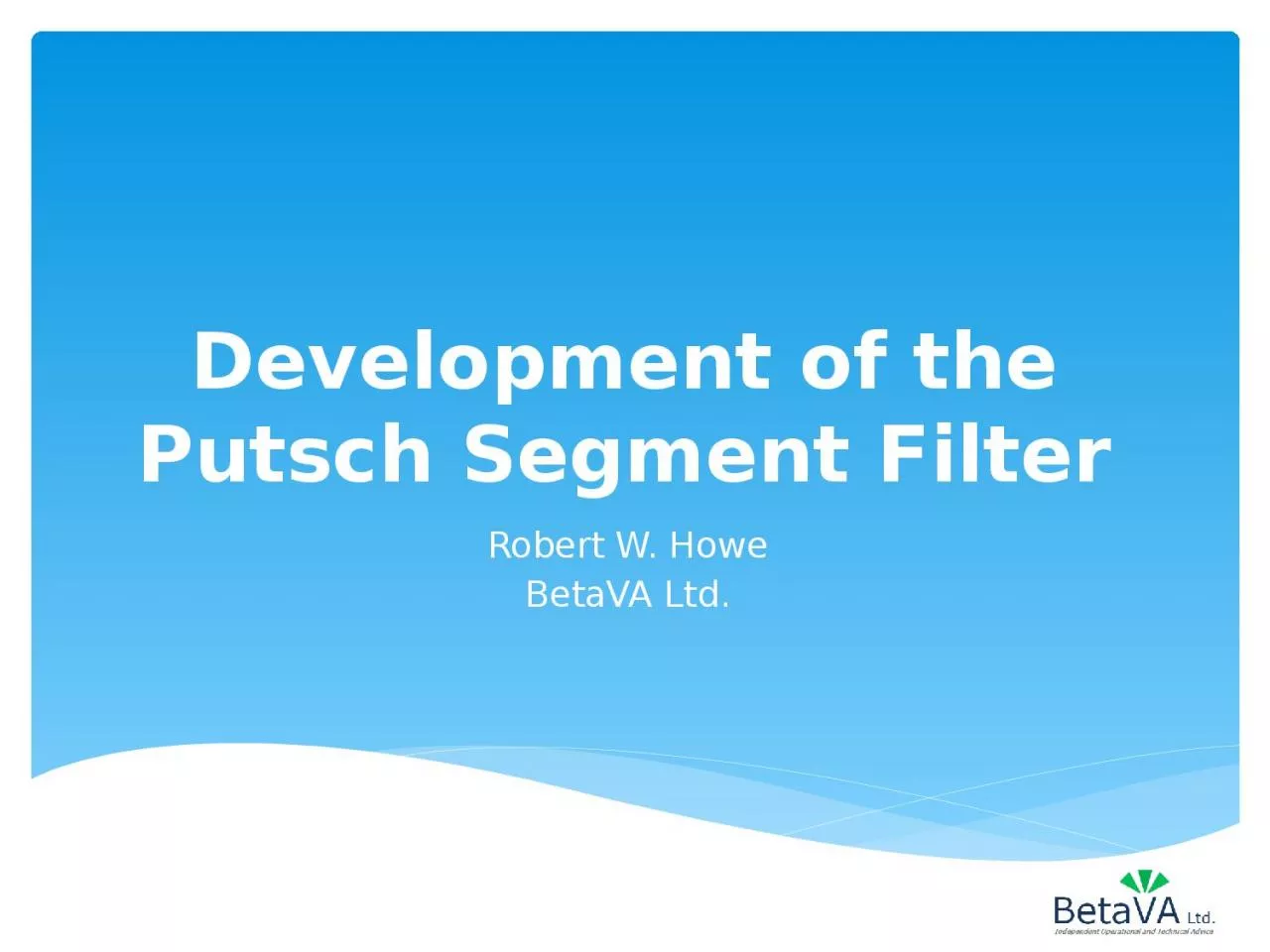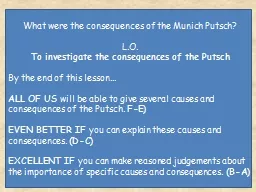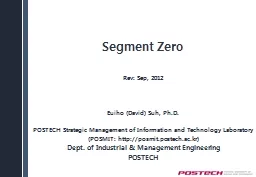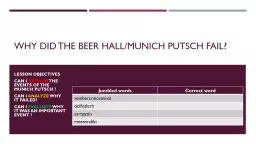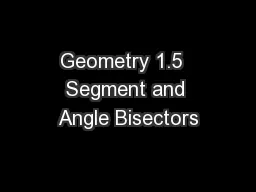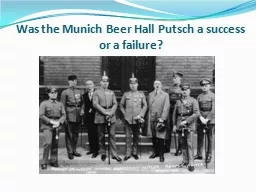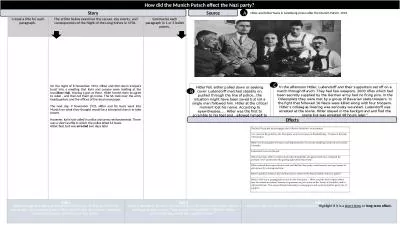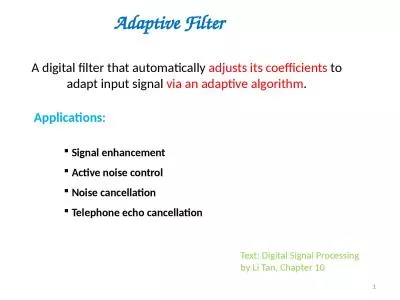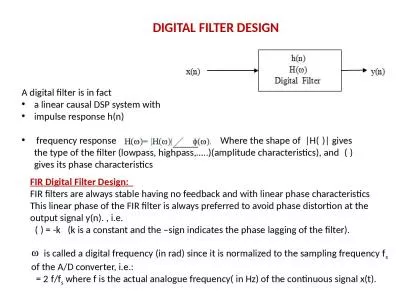PPT-Development of the Putsch Segment Filter
Author : audrey | Published Date : 2024-01-29
Robert W Howe BetaVA Ltd Background 2 nd carb filtration at British Sugar Wissington sugar factory had become a process bottleneck Largely due to Insufficient filtration
Presentation Embed Code
Download Presentation
Download Presentation The PPT/PDF document "Development of the Putsch Segment Filter" is the property of its rightful owner. Permission is granted to download and print the materials on this website for personal, non-commercial use only, and to display it on your personal computer provided you do not modify the materials and that you retain all copyright notices contained in the materials. By downloading content from our website, you accept the terms of this agreement.
Development of the Putsch Segment Filter: Transcript
Download Rules Of Document
"Development of the Putsch Segment Filter"The content belongs to its owner. You may download and print it for personal use, without modification, and keep all copyright notices. By downloading, you agree to these terms.
Related Documents

